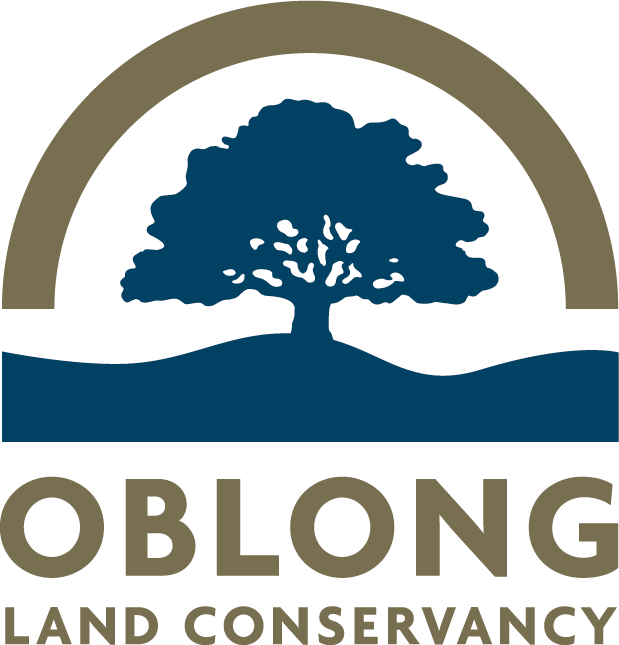Major Victory Achieved as Town of Dover Planning Board’s Approval of Electrical Substation Overturned
https://www.theharlemvalleynews.net/?p=65790
DOVER PLAINS AND WINGDALE, NY — In a major triumph for the protection of the Great Swamp and community activism, Friends of the Great Swamp (FrOGS), Concerned Citizens of Dover (CCD), and The Oblong Land Conservancy (Oblong) have successfully nullified the Town of Dover Planning Board’s approval of New York Transco’s proposal to build an electrical substation on the grounds of a former automobile junkyard.
The site of the proposed substation, which was used as a wrecking facility for approximately 20 years and was never remediated. This proposed site directly drains into the north flow of the Great Swamp, one of the largest Freshwater Wetlands in the state. It is an important habitat to rare and endangered species, and a critical drinking water source for the region. Recognizing the profound impact of the construction of Transco’s project may have on the local ecosystem by potentially disturbing legacy soil contamination, FrOGS, CCD and Oblong united their efforts and filed a lawsuit challenging to challenging the Planning Board’s approval of the project despite its failure to engage in the “hard look” required under SEQRA (State Environmental Quality Review Act).
In a decision issued on August 28th, 2023, the Hon. Thomas R. Davis of the Supreme Court of New York agreed with the Petitioners, nullifying the Planning Board’s approval of the project and remanding the project back to the Planning Board for it to take a “hard look” at the areas of environmental concern. “We appreciate the court’s consideration and the care taken in reviewing a very lengthy record,” said Petitioner’s attorney, Michael Sussman. “I am confident the judge reached the right conclusion and encourage the Planning Board to take a hard look at the critical issues community groups have raised and commit itself to protecting precious and irreplaceable natural resources. There are no do overs.”
The decision to overturn the Town of Dover Planning Board’s approval of the Transco project is a powerful demonstration of the power of community engagement and activism in safeguarding the environment for current and future generations. “This victory is a testament to the strength and determination of our community. We came together with a shared goal — to protect the land, water, and biodiversity that sustain us,” said Charlie Quimby, founding member of CCD. “We believe in responsible progress and have hope that today’s court ruling will impact future development decisions in our town.”
The efforts of these organizations were considerably bolstered by the overwhelming support of local residents, environmentalists, and concerned individuals who rallied behind the cause. Petitions, public hearings, and rigorous research played a pivotal role in raising awareness about the potential adverse effects of the proposed substation on the region’s delicate ecosystem. “We extend our gratitude to everyone who joined hands in this endeavor, remarked Louis Trombetta, Chair of the Oblong. “ This result provides that a dedicated group of concerned citizens and two small land conservancies can protect an area of considerable environmental importance through education and outreach.
As we move forward from this remarkable victory, FrOGS emphasizes the importance of continued vigilance in protecting our natural habitats, and the ecological balance that sustains them. “Our work is far from over. We hope this serves to alert all Planning Boards that their deliberation and decisions must be environmental sound and clear to the public. Please support our collective efforts to defend our unique local gem the Great Swamp watershed. Together, we can ensure future generations will inherit a vibrant and thriving ecosystem.” Jim Utter stated.





